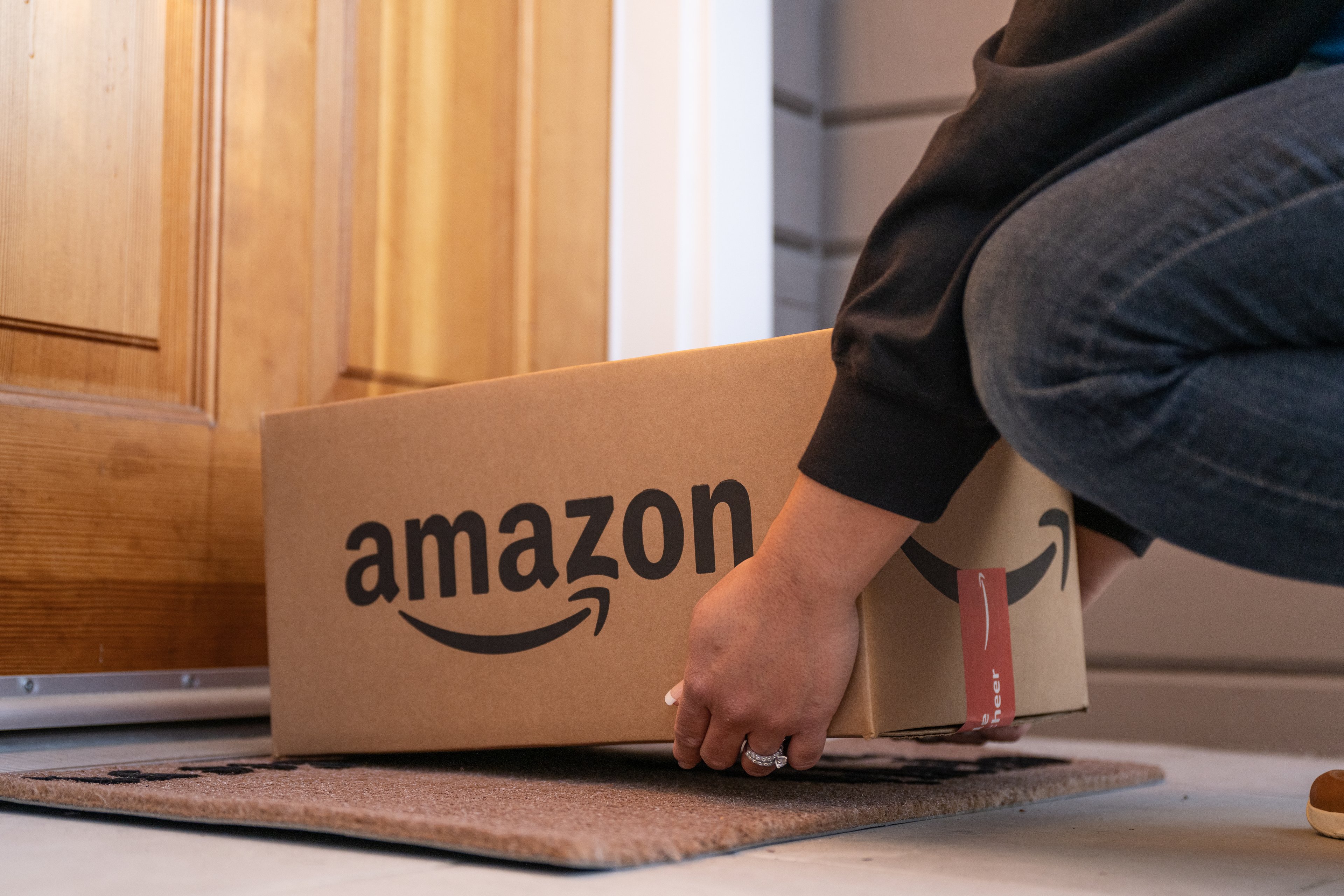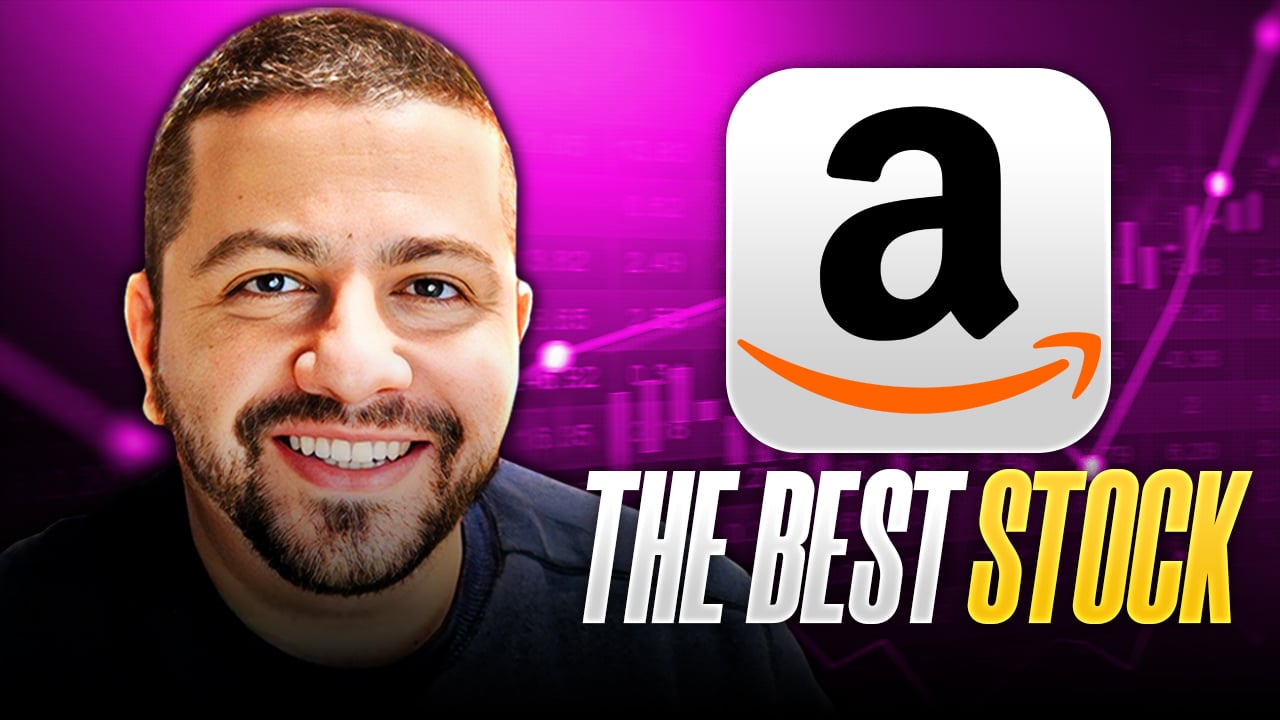The fallout of the novel coronavirus and the rapid spread of COVID-19 has sent financial markets plunging, consumers panicking, and governments encouraging people to stay home and distance themselves from others as much as possible.
Amazon (AMZN +0.01%) is one of the companies best positioned to offer essential services to consumers that are isolating themselves at home.
It's the biggest e-commerce company in the U.S. and it's particularly been growing its grocery and consumer staples delivery services.
Amazon Web Services provides the backbone for key telecommuting services, which have seen increased demand as schools tell students to stay off campus and businesses ask employees to work from home as much as possible.
And after work, when consumers just want to stream something on TV, Amazon stands to benefit as well.

Image source: Amazon.
Don't go to the crowded grocery store
After the World Health Organization declared the coronavirus a pandemic last week, consumers flocked to grocery stores to stock up. Reports of empty shelves where toilet paper, pasta, and canned goods used to be started popping up on social media more and more often throughout the week.
Even Amazon hasn't been immune to the increased demand for consumer staples. It shared an update on Friday that certain items are out of stock and delivery windows are longer than usual due to the elevated demand.
But consumers want to buy items online amid the outbreak of COVID-19: 32.7% of consumers were avoiding shops in general, according to a survey conducted at the end of February. And 52.7% of respondents said they'd avoid shops if the outbreak got worse, which it most certainly has over the last two weeks.
Amazon is best positioned to capitalize on a shift from in-store purchases to online. While it has competition in the grocery delivery space from big-box competitors like Walmart (WMT 1.17%) and Target (TGT +0.11%), Amazon is able to deliver many shelf-stable grocery items directly from a warehouse, improving broad availability and its ability to restock quickly. What's more, Amazon includes fast (often same-day) delivery with its popular Prime membership, whereas Target and Walmart will ask you to either pay per delivery or sign up for their own annual memberships.
Don't go to work or school
Schools are closing their doors. Students are being told not to return to college campuses after spring break. Employees are stuck at home telecommuting.
But technology is enabling students and workers to remain in contact with each other. One popular platform is the videoconferencing software Zoom, which runs on Amazon's cloud infrastructure. Many other learning and working platforms, including Slack and Instructure, use Amazon Web Services as the backbone of their products.
Amazon Web Services should see increased demand for computing, storage, content delivery, and security as more work goes from in-office to online. And while it's faced a step up in competition over the last few years, Amazon's still the market leader -- particularly in areas where it doesn't compete directly with its customers (like retail).
Don't go out with friends
Social distancing likely means a lot more time spent on the couch reading or watching TV. And watching TV more often means streaming video these days, especially now that most major sports leagues have suspended or canceled play.
Amazon stands to benefit from an increase in streaming video in three ways.
First, it provides its own streaming services -- Prime Video and IMDb TV -- which could see increased viewership as people spend more time at home. The inclusion of Prime Video in the standard Prime subscription also reinforces its retail business, making it an even better value than Walmart or Target's subscriptions for consumers that want to stay home as much as possible.
Second, its Fire TV platform is one of the two main streaming platforms in the United States. Amazon collects commissions on distributing subscription video services and it takes a percentage of ad inventory for ad-supported services. If consumers sign up for a new streaming service or start watching more video on their Fire TV devices, Amazon will benefit.
Finally, Amazon provides the back end for popular streaming services like Netflix through AWS. Increased content delivery through Netflix means Amazon racks up more billing to one of its biggest customers.
All in all, Amazon ought to produce strong first-quarter revenue from the unanticipated increased demand for its services. Management originally guided for revenue between $69 billion and $73 billion. If the coronavirus outbreak pulls forward adoption of key services like Prime and grocery delivery, Amazon could have a sustained step up in revenue.






